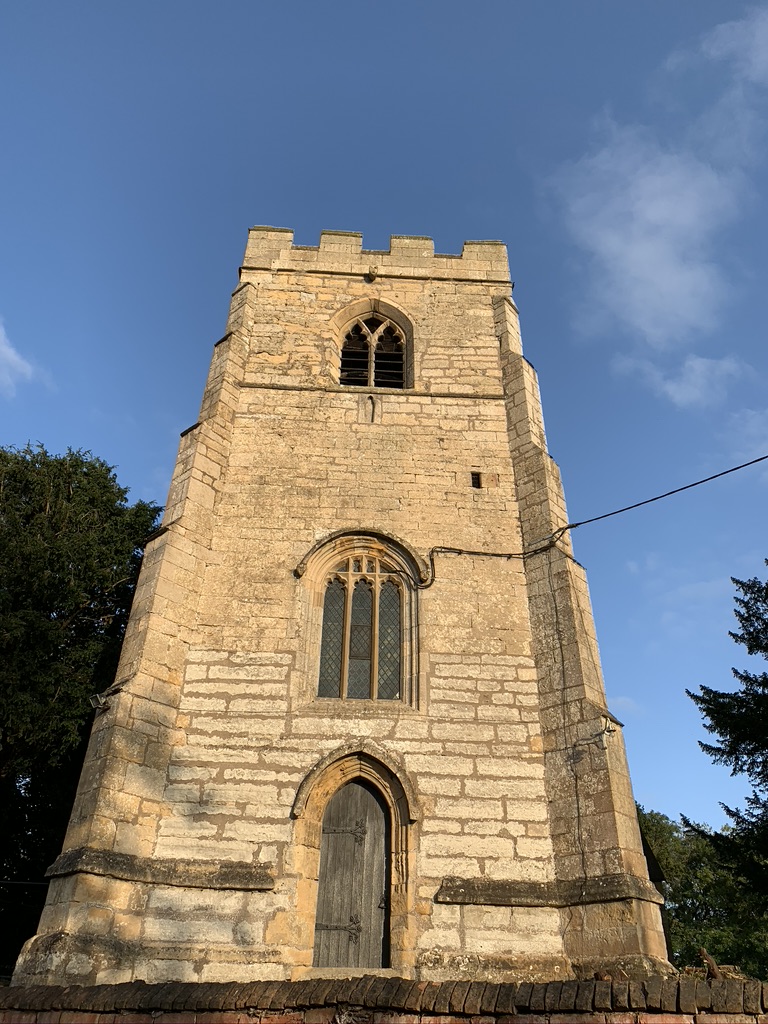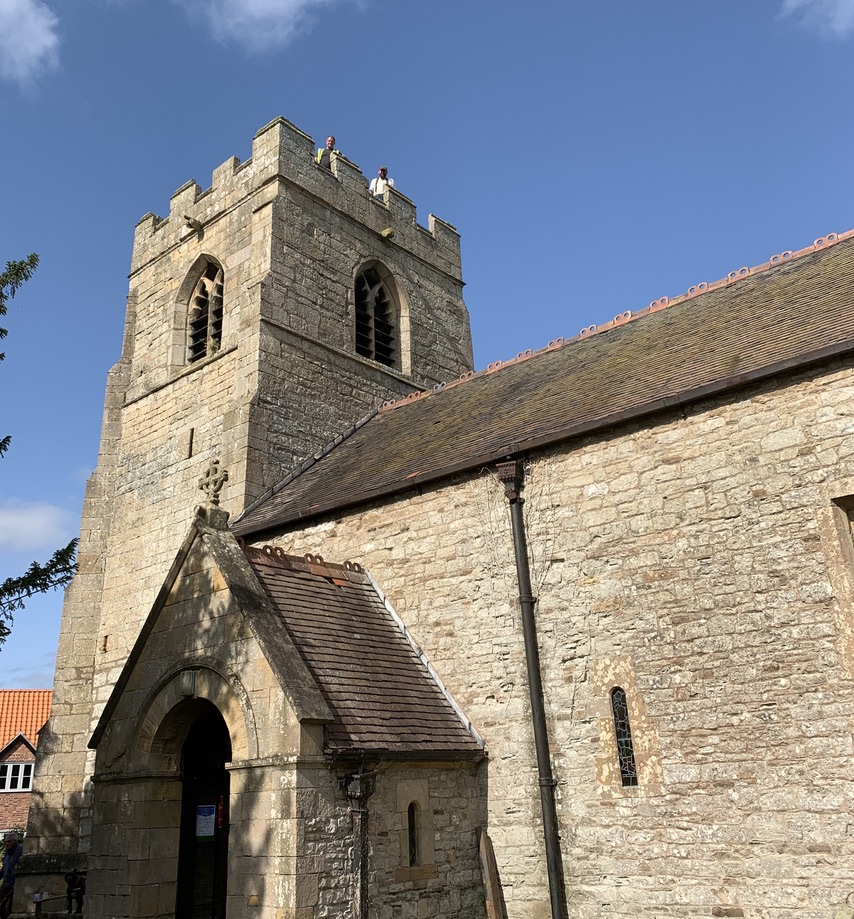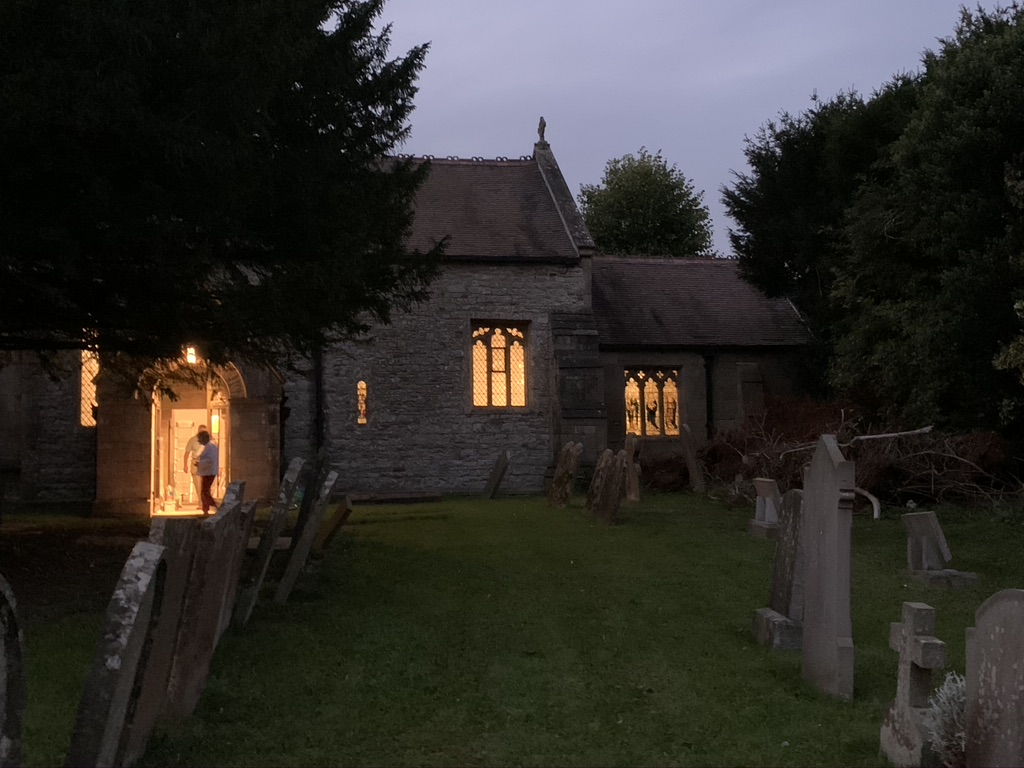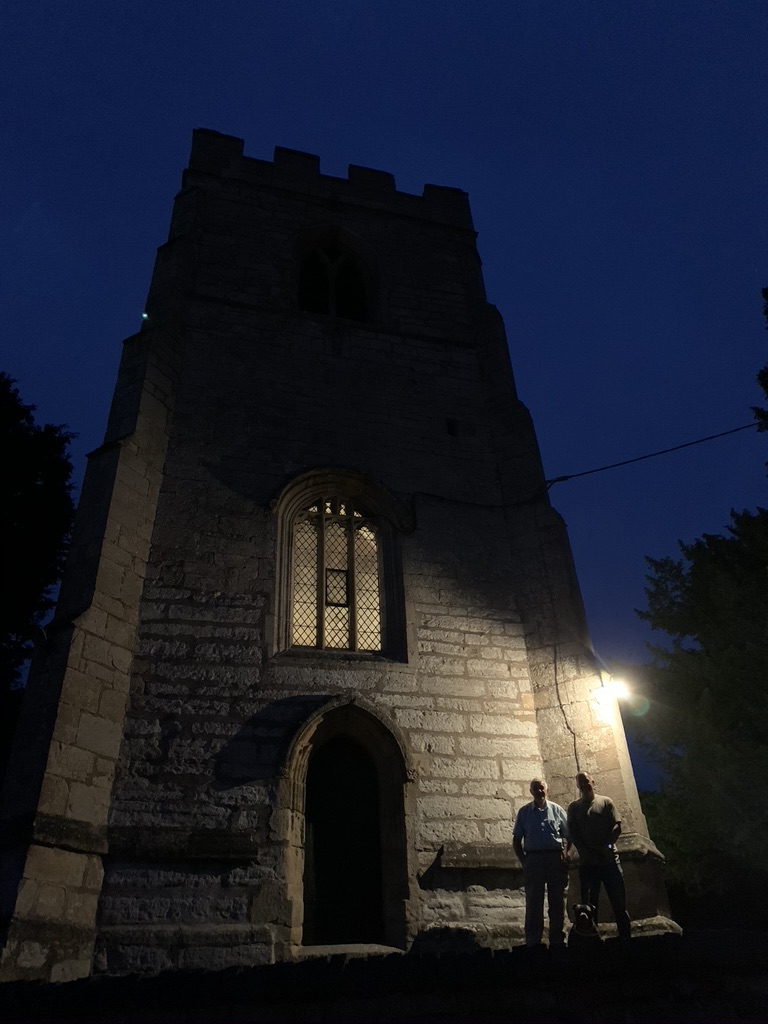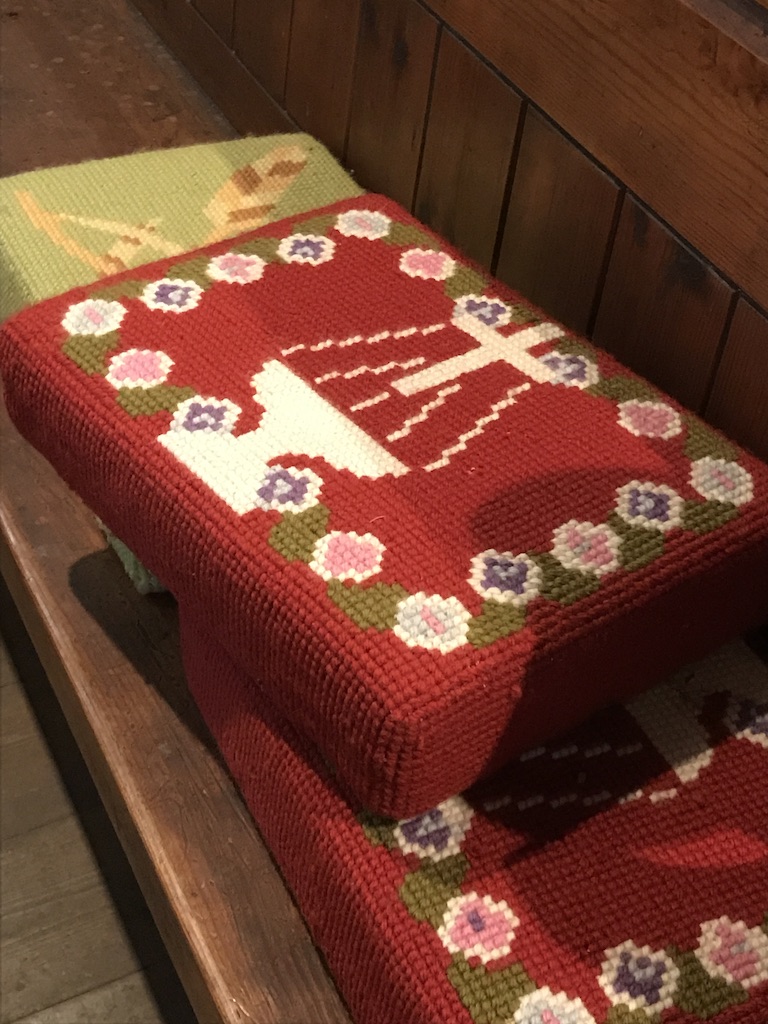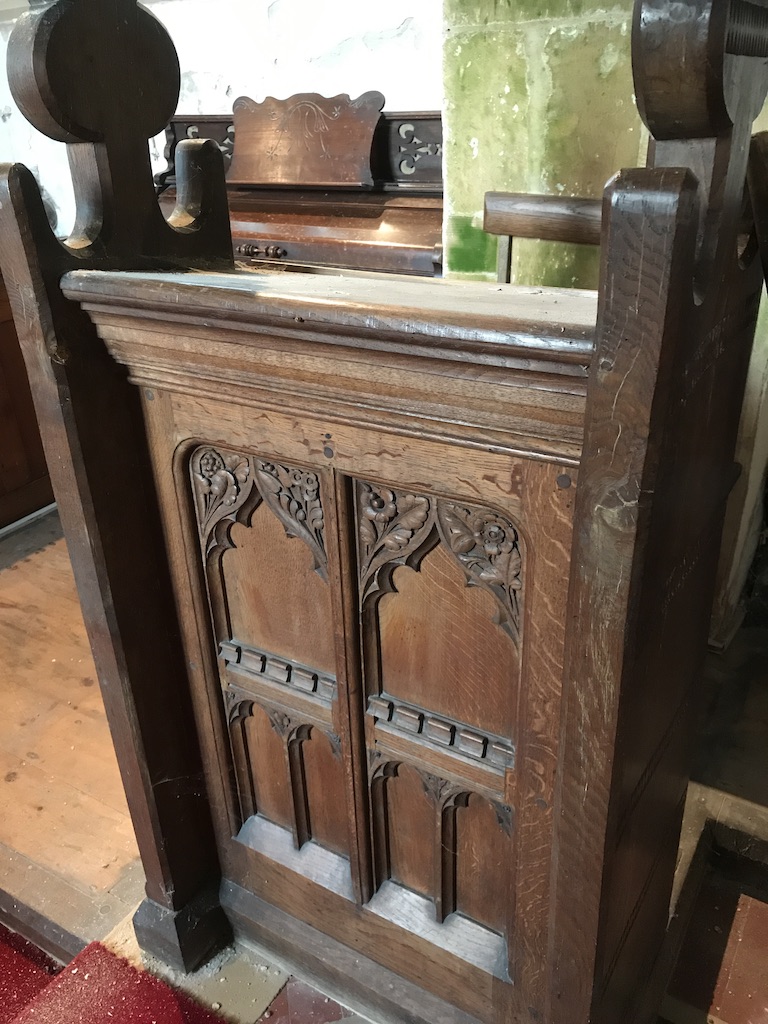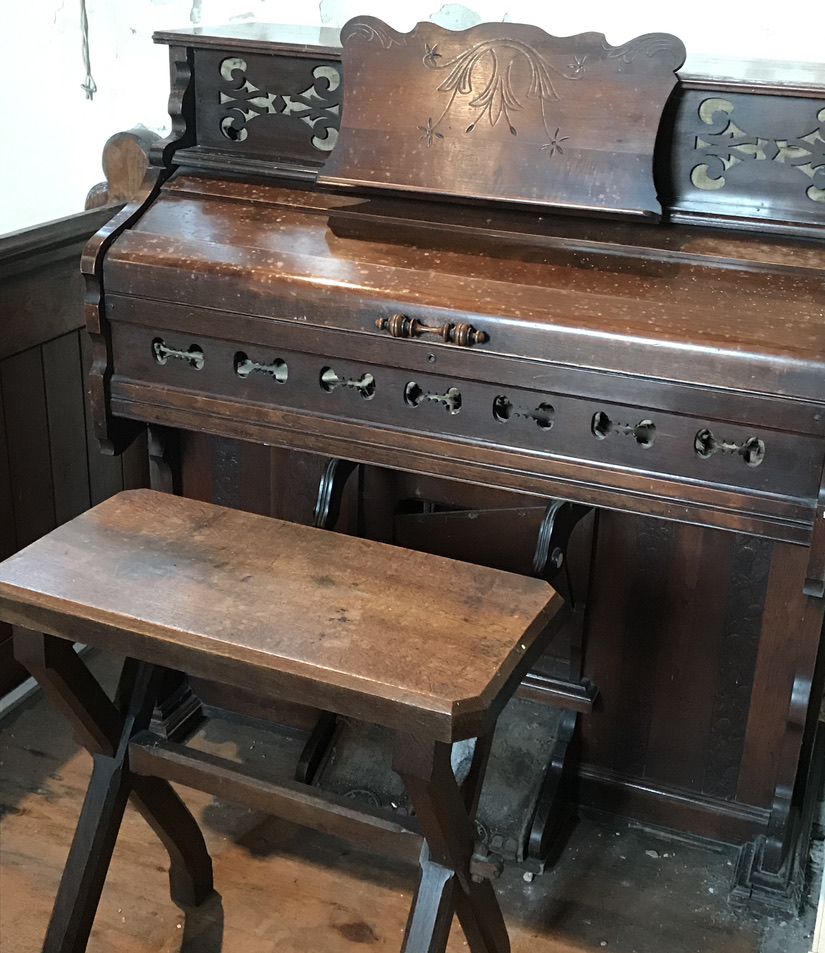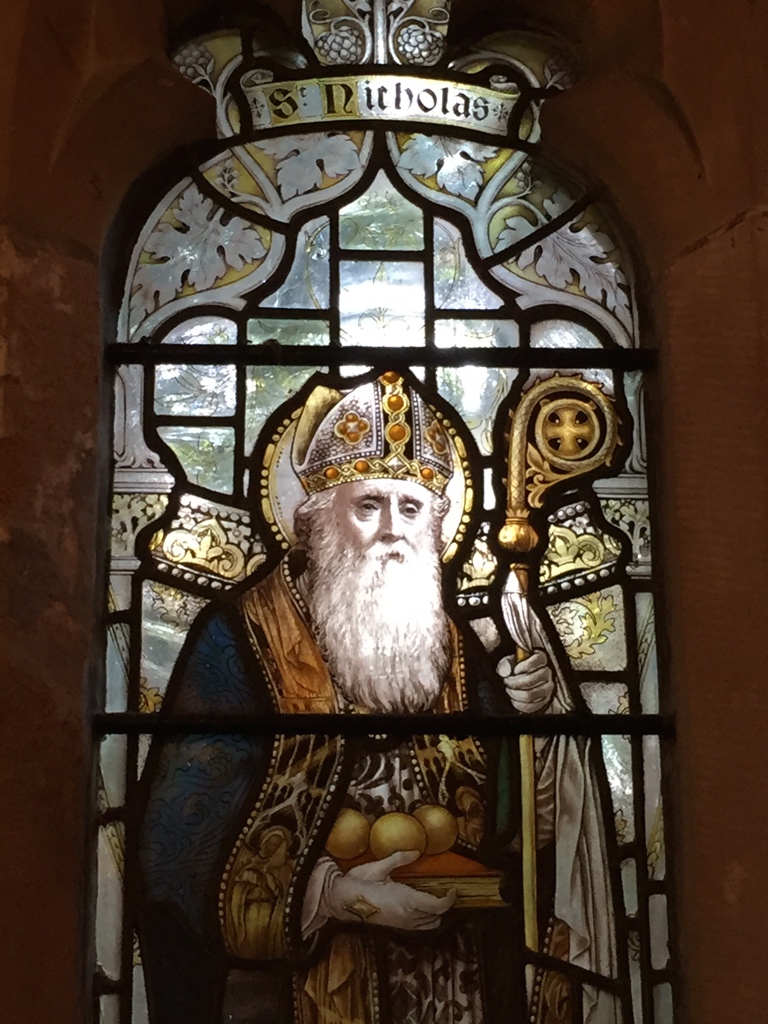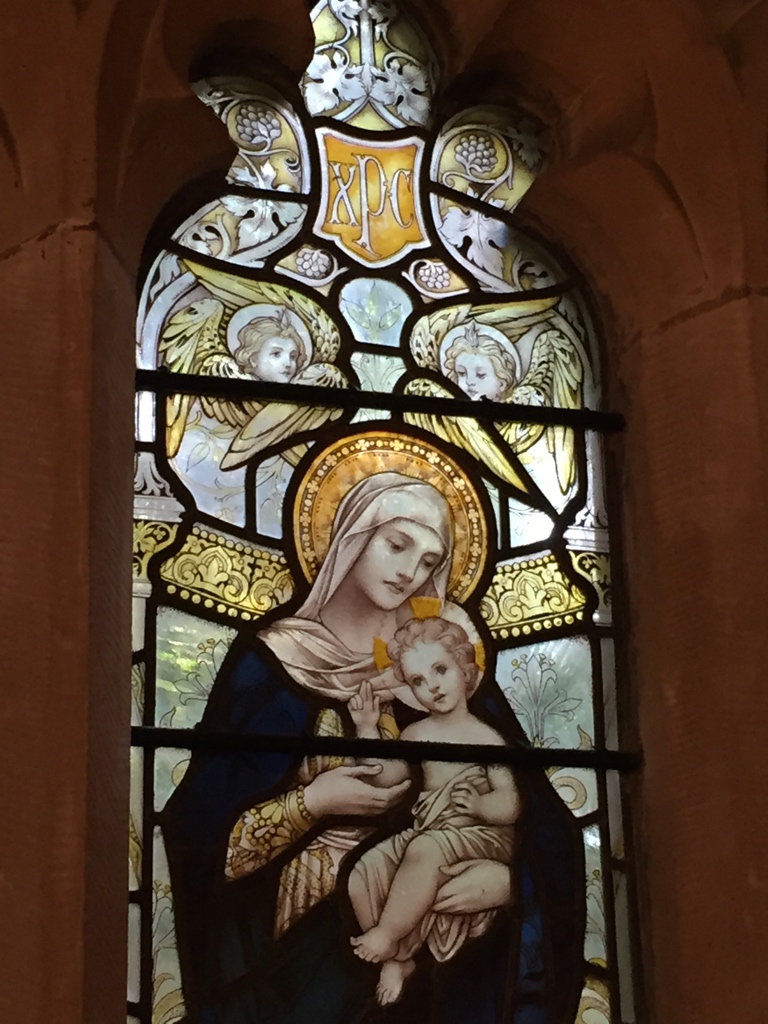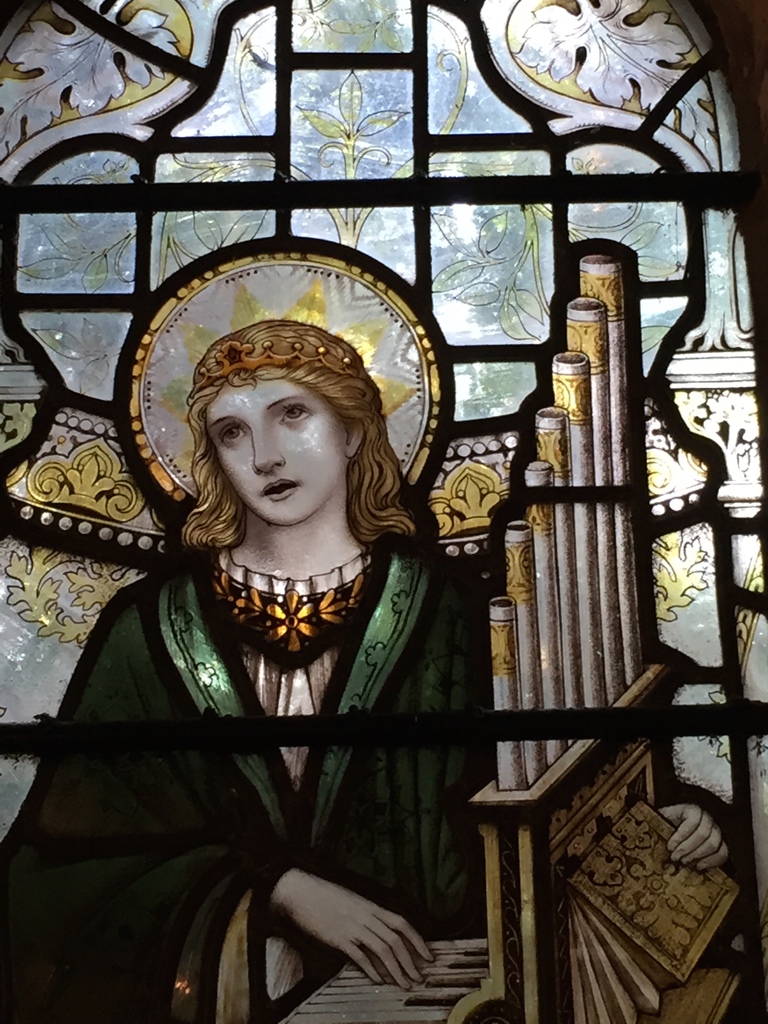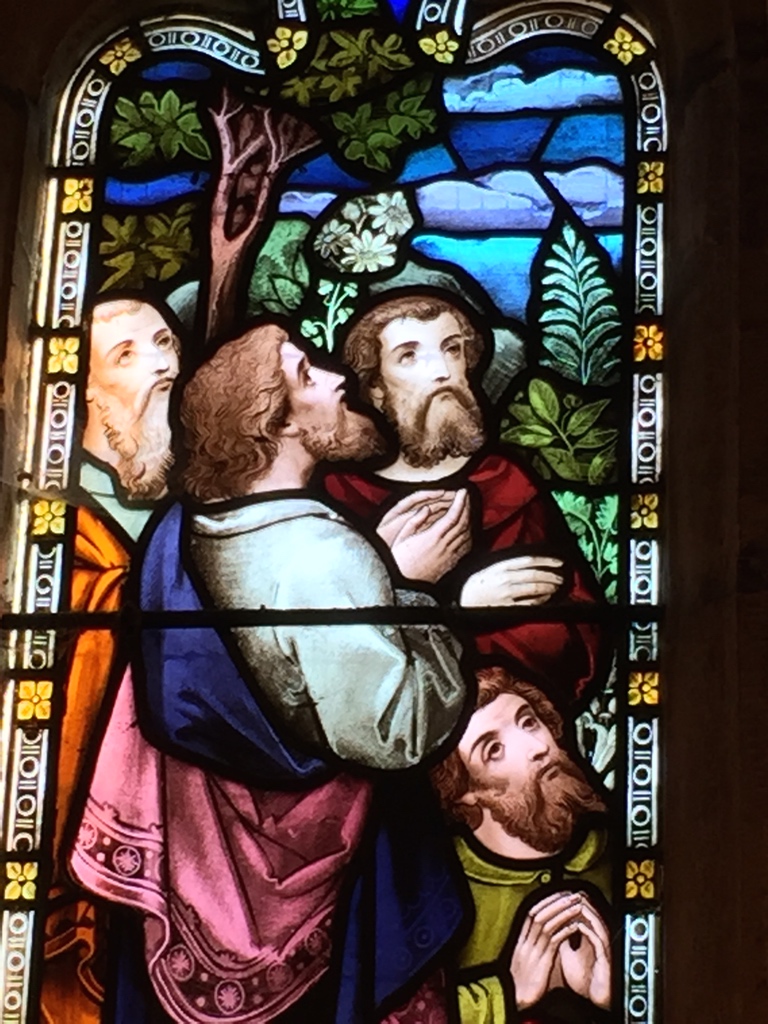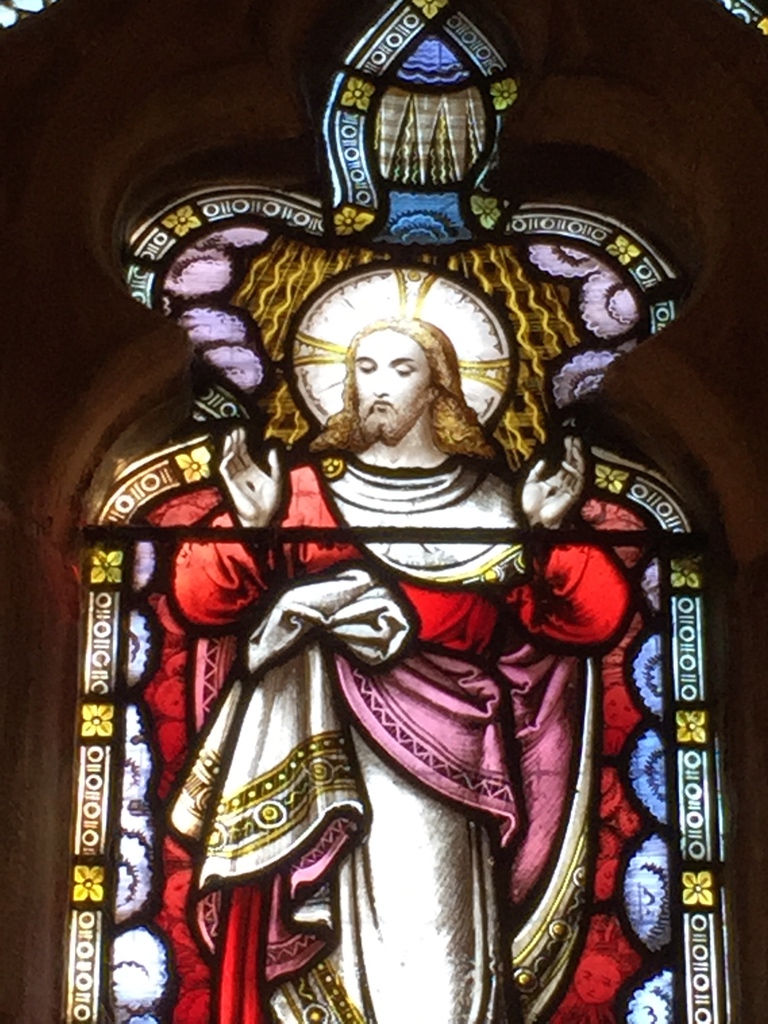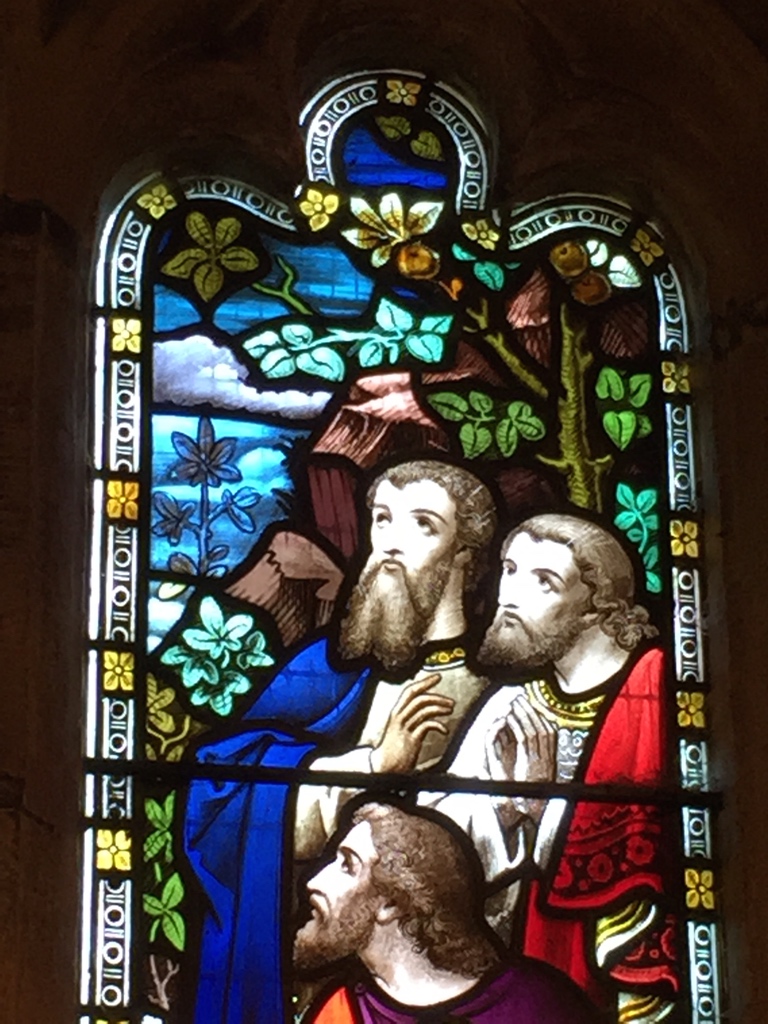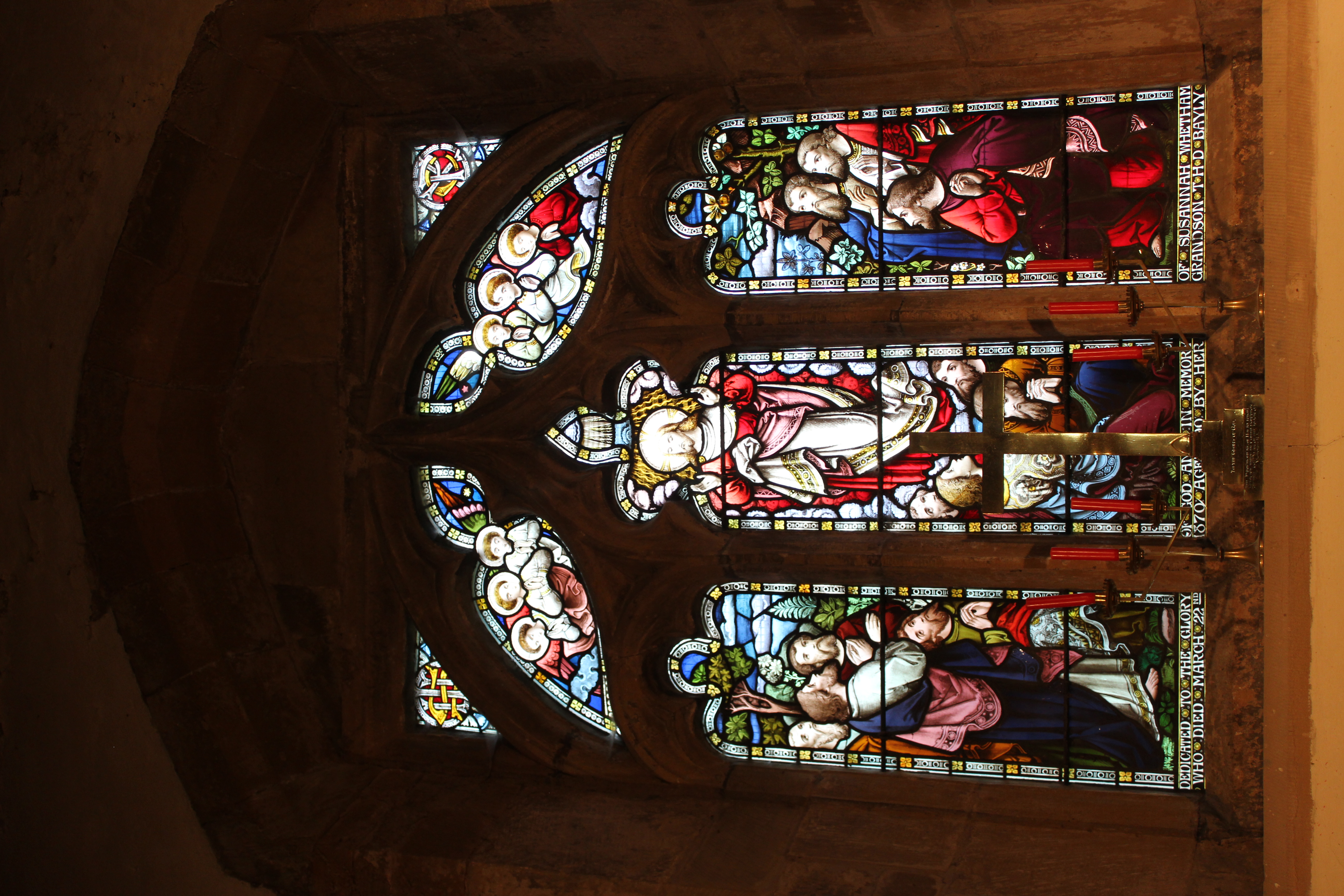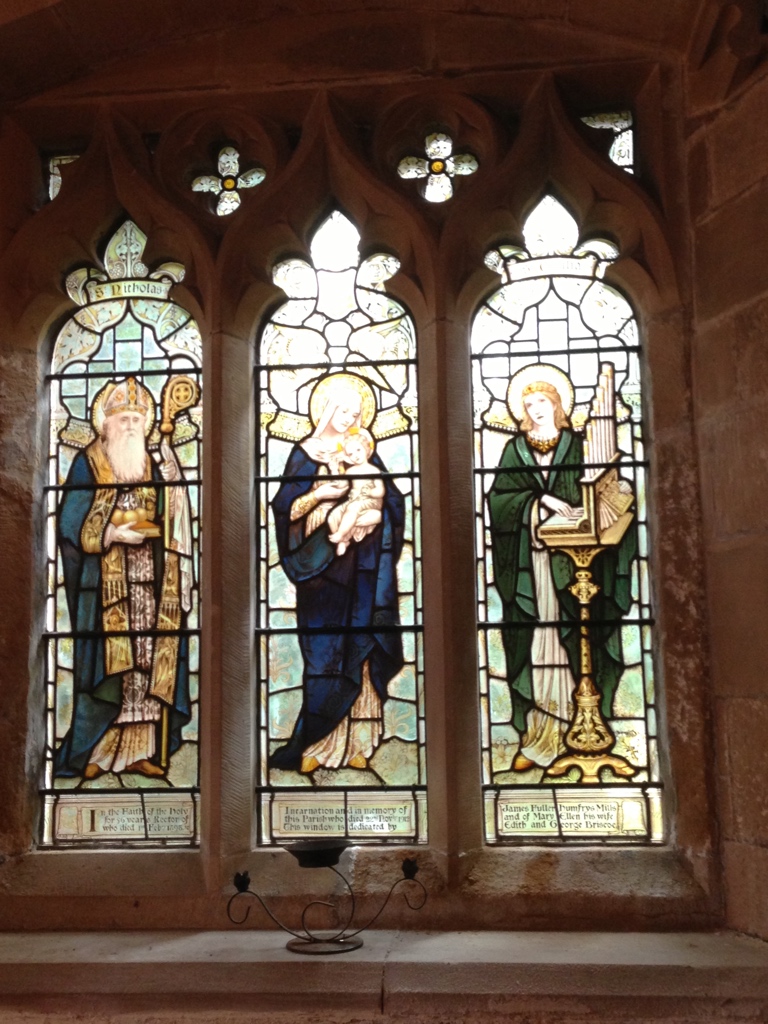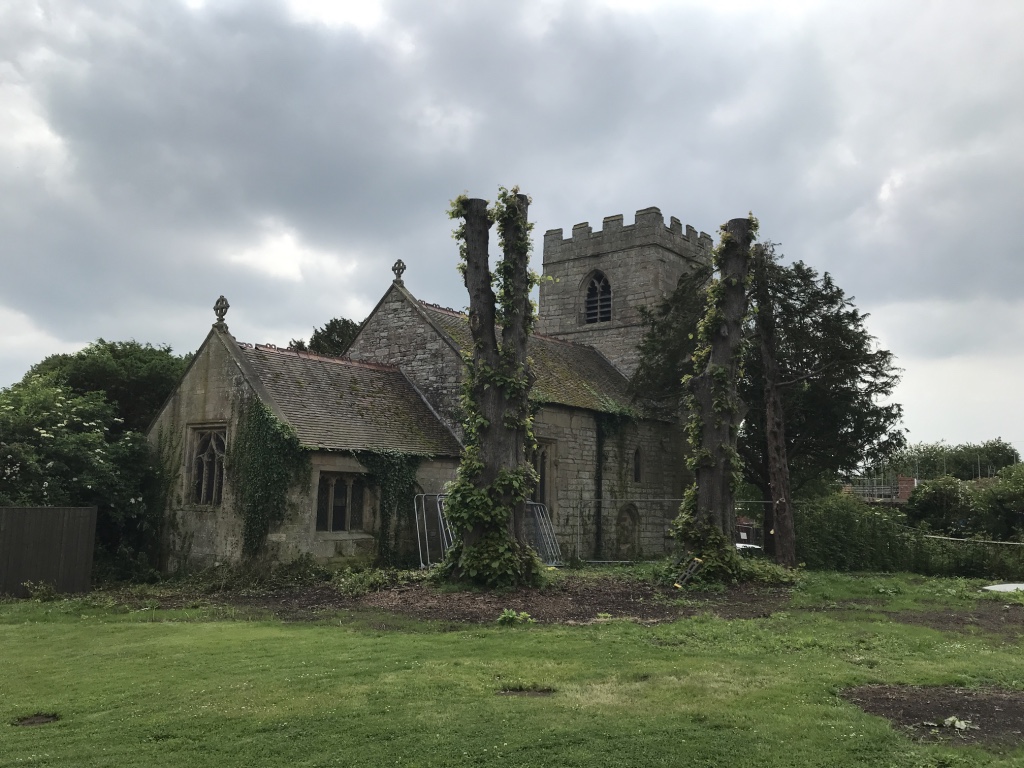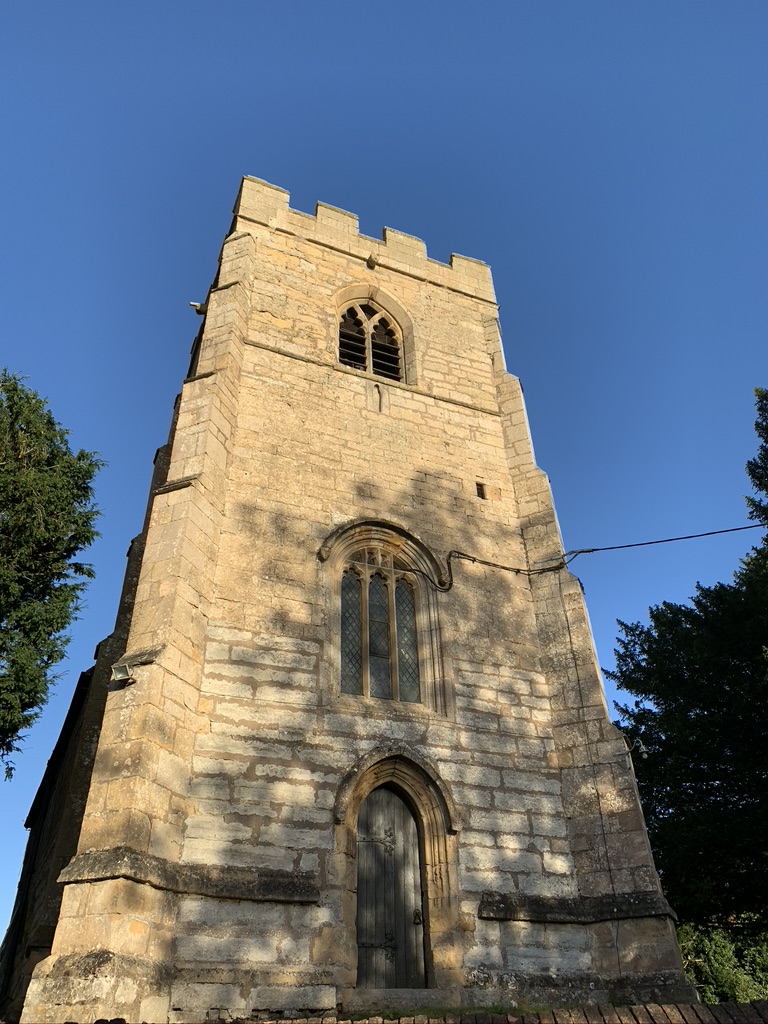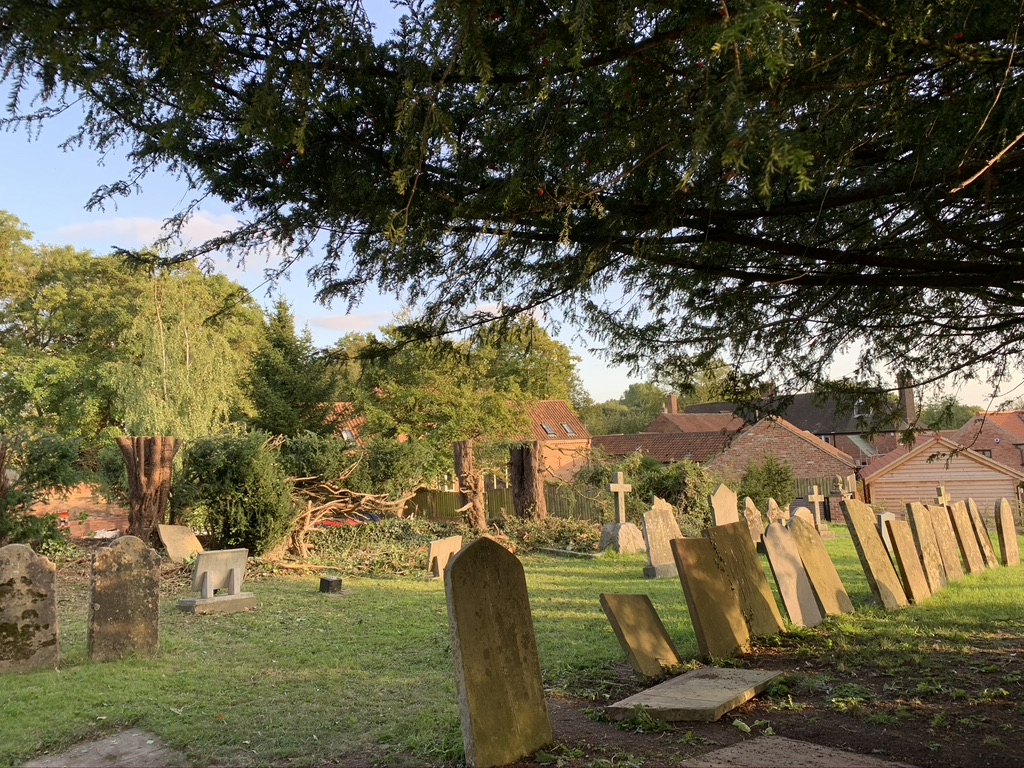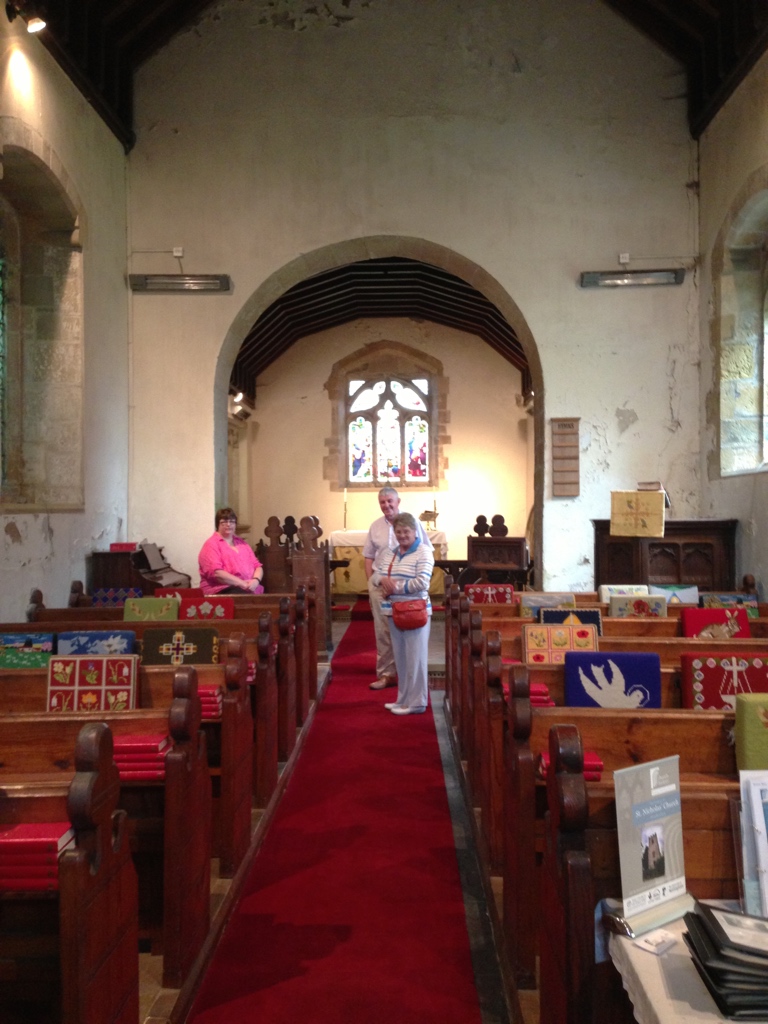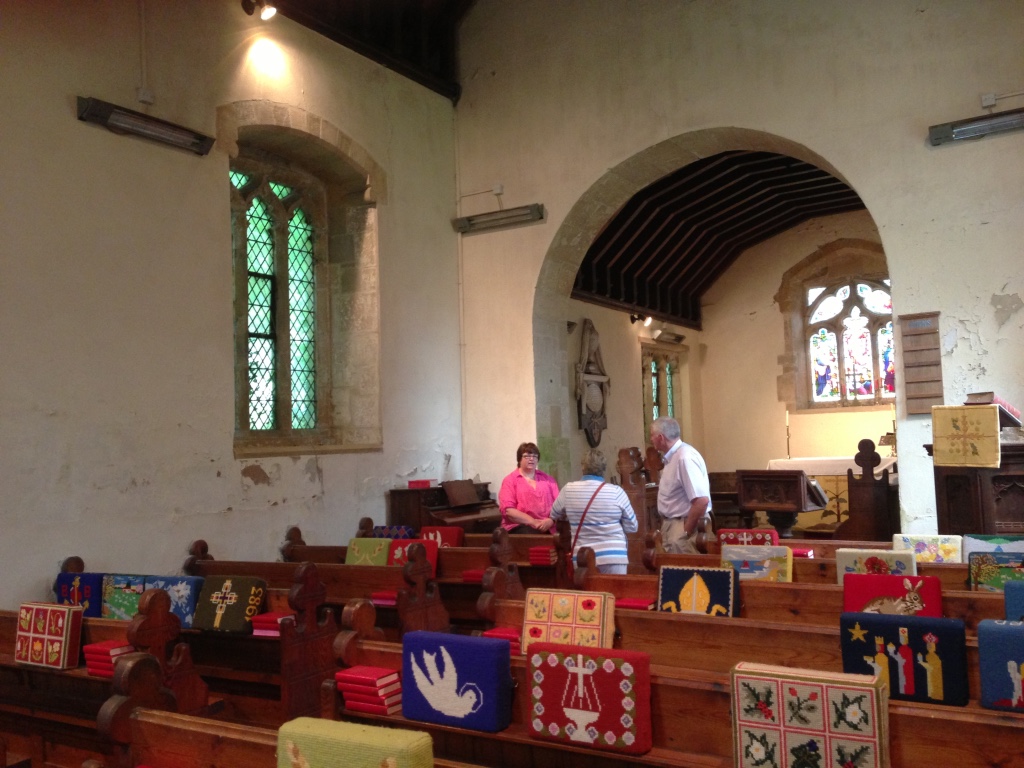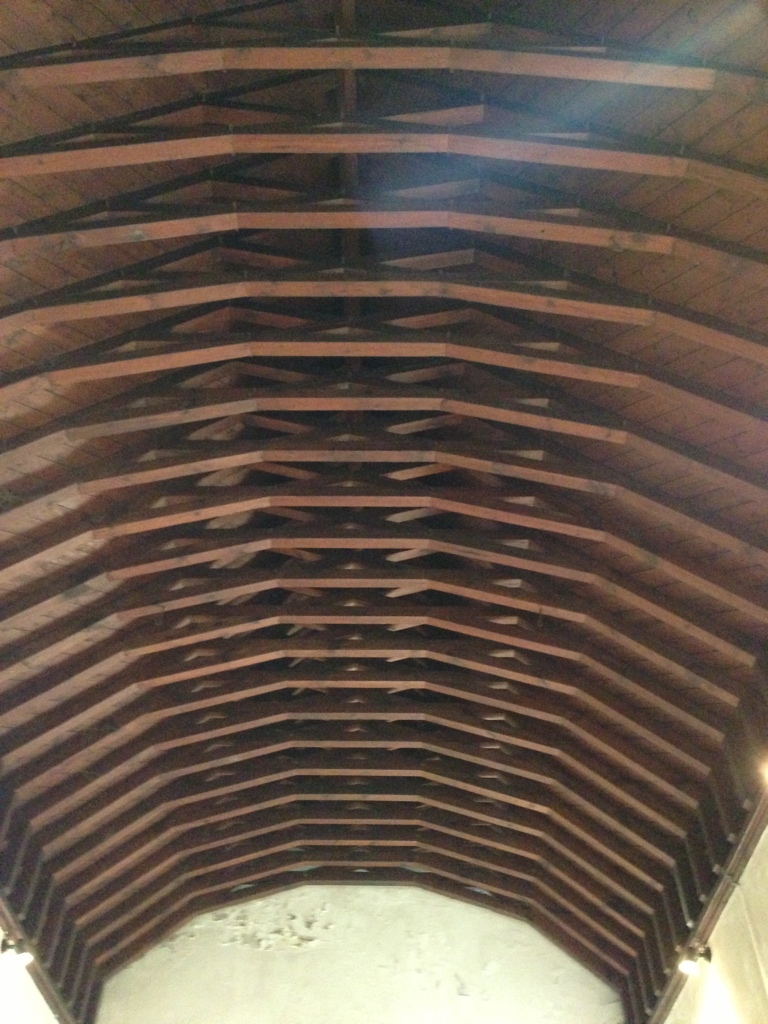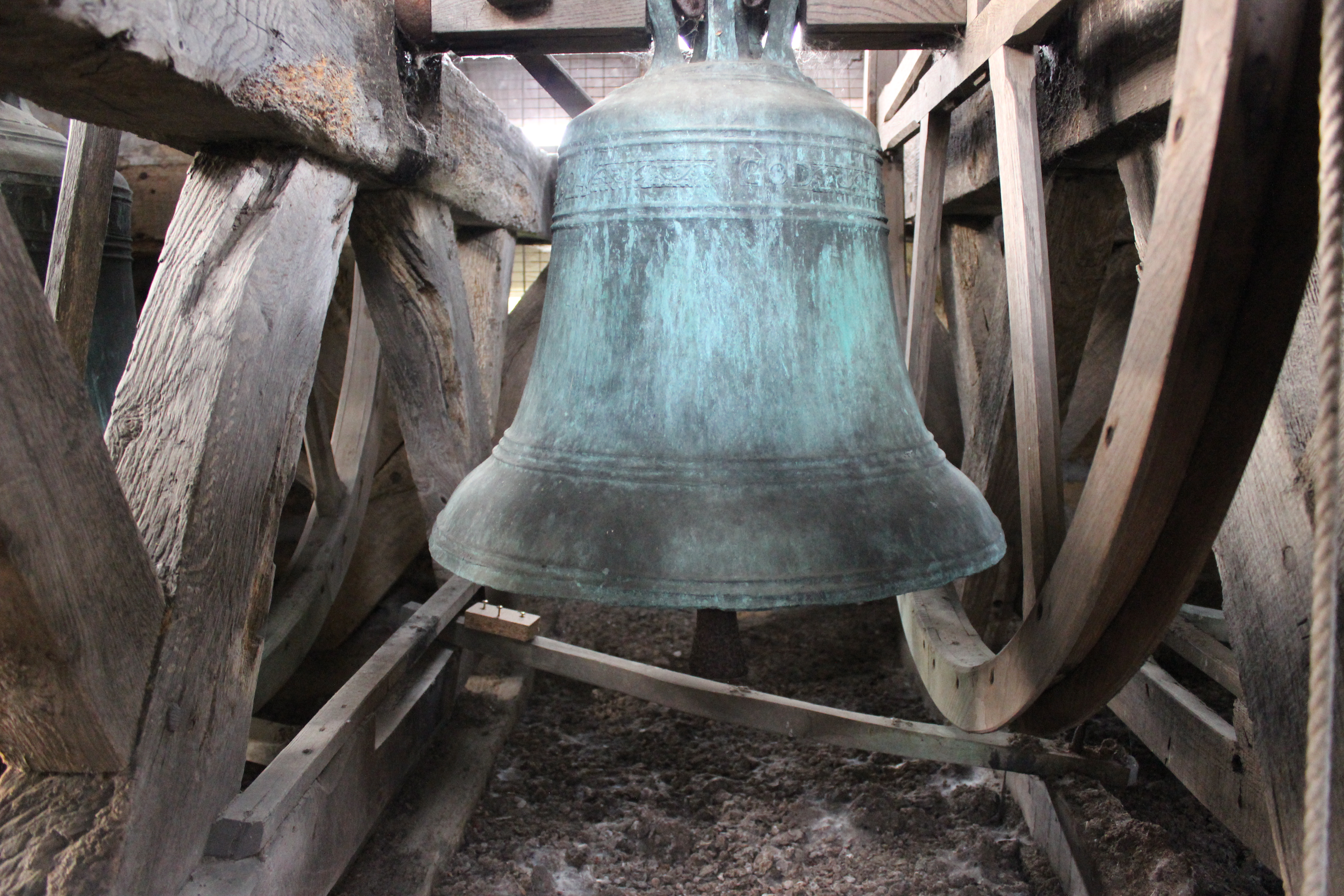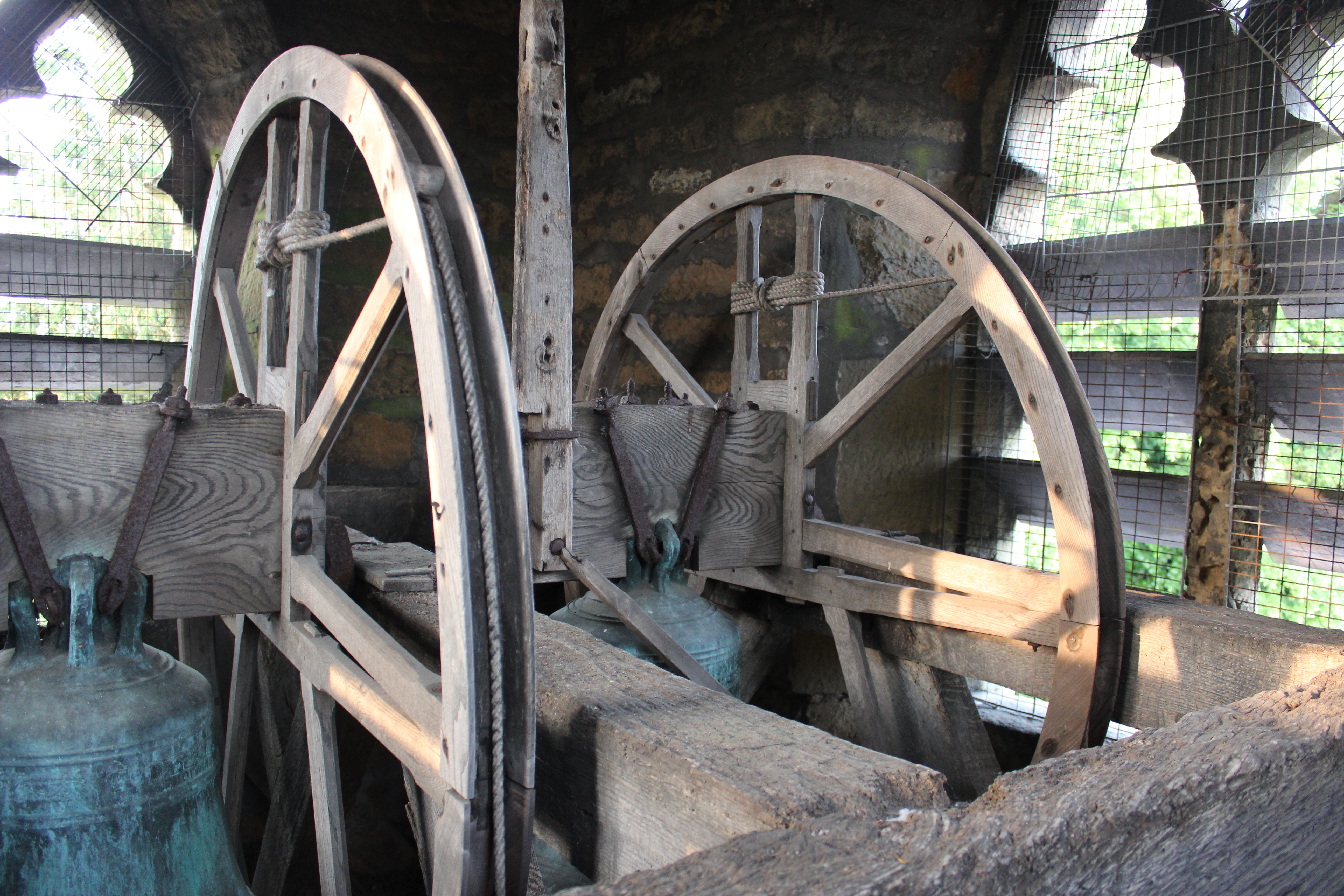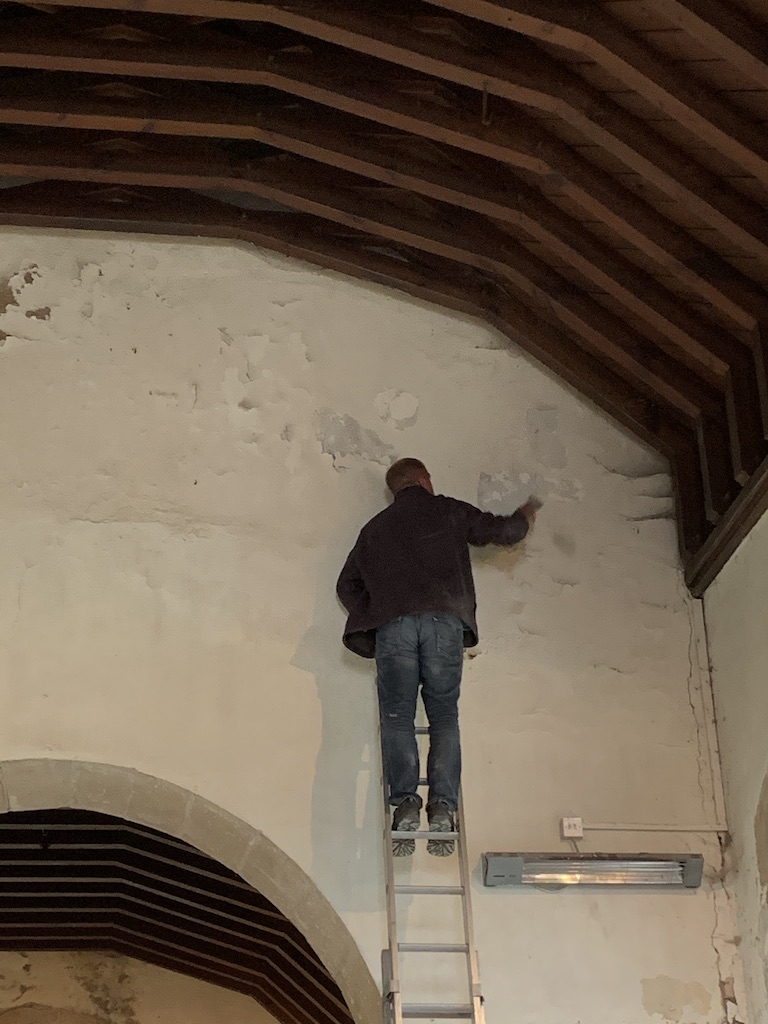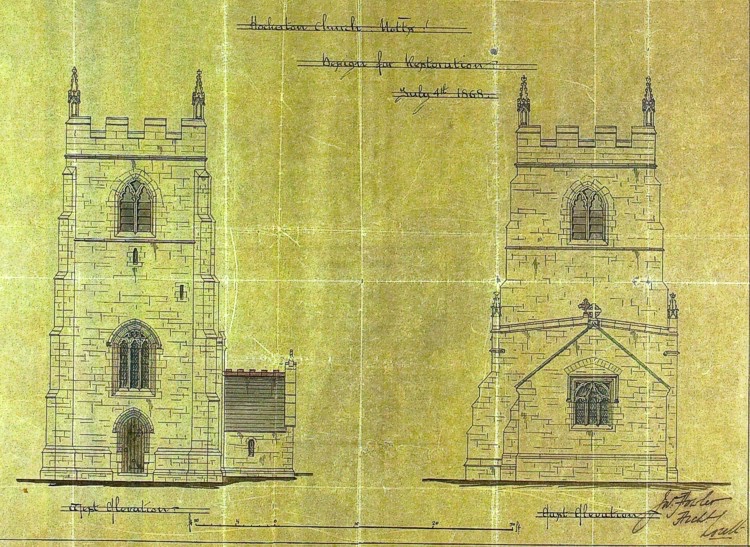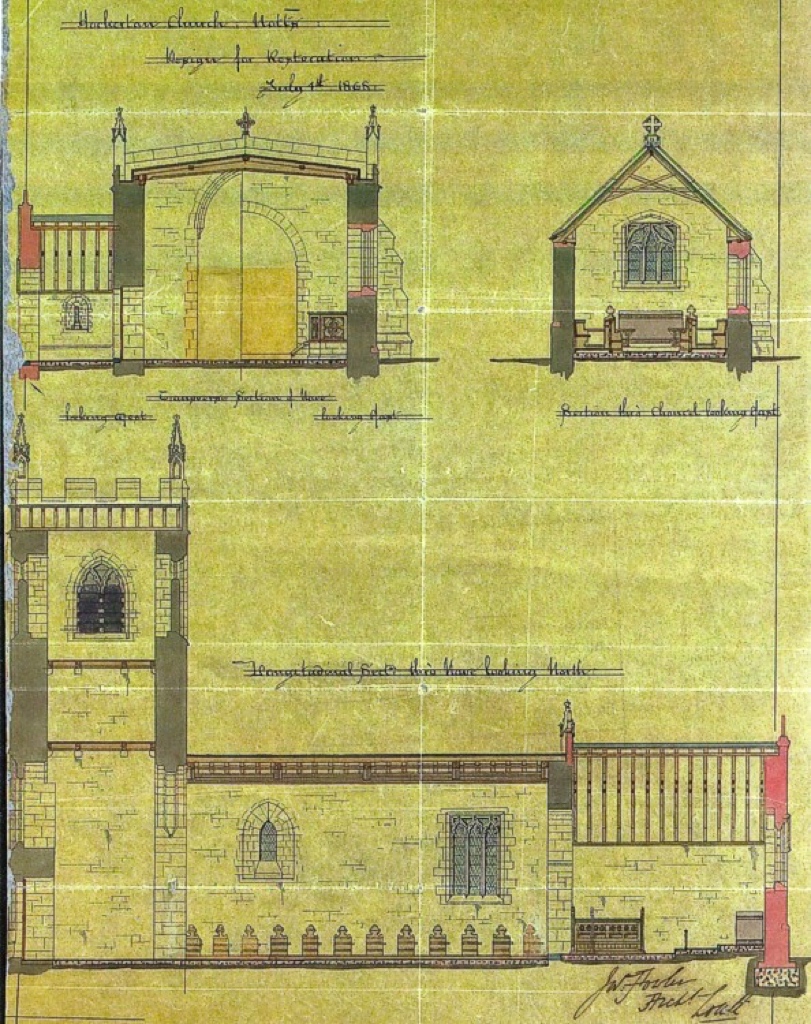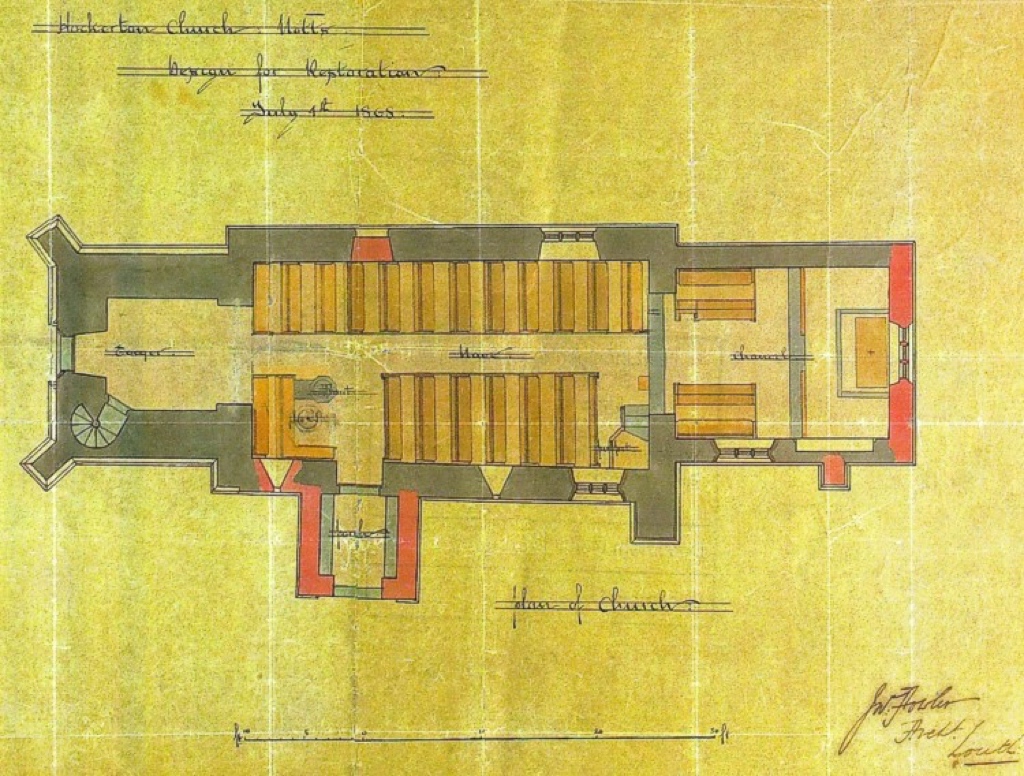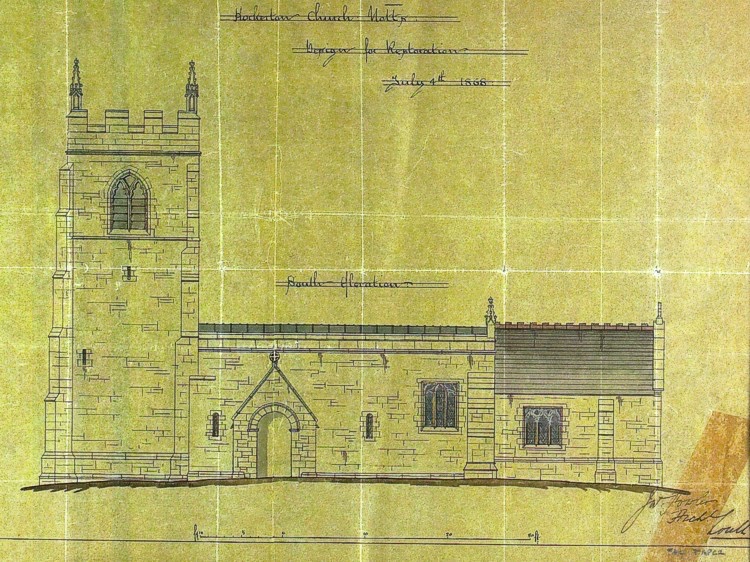INGRID @ ST NICHOLAS CHURCH

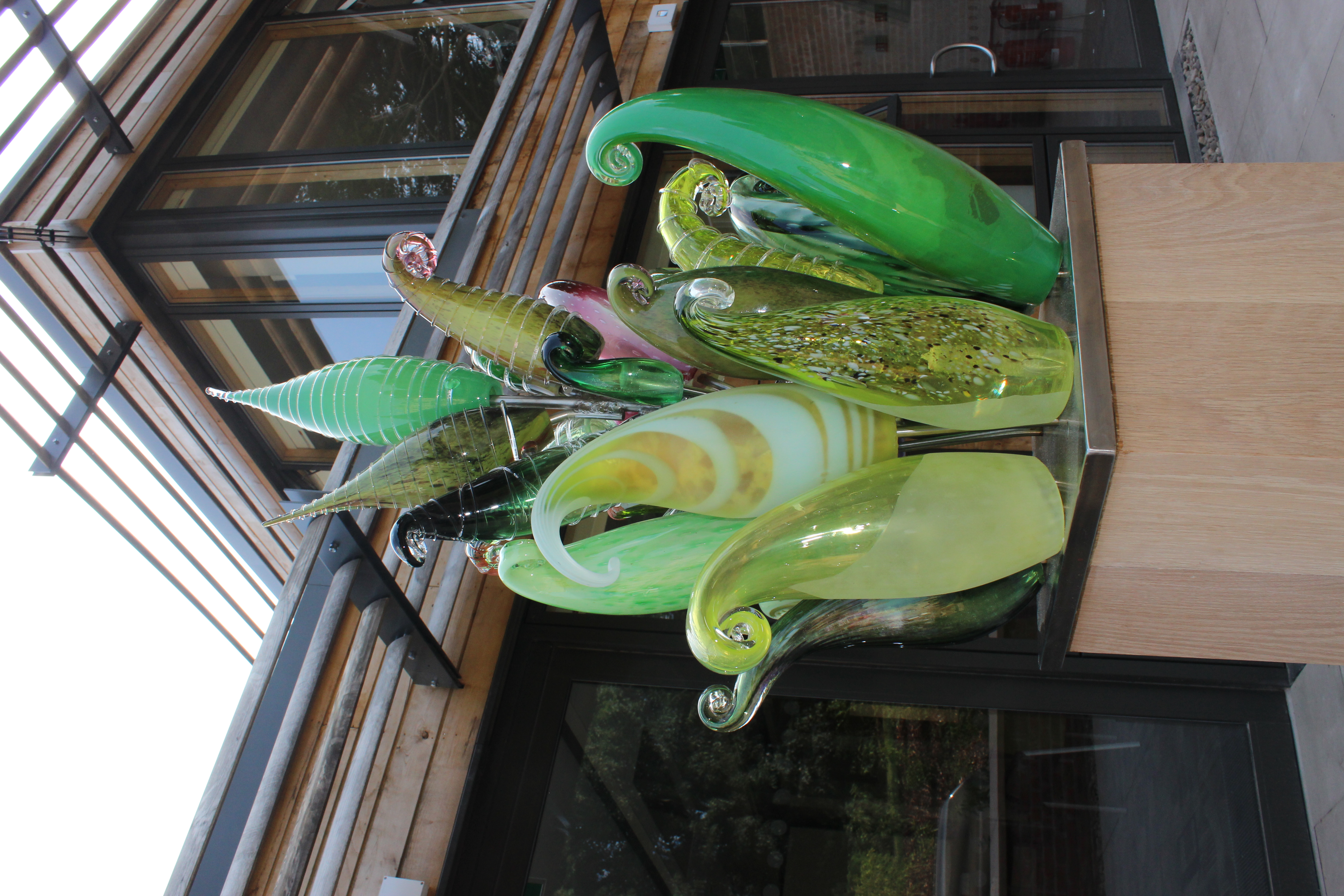
HOCKERTON ST NICHOLAS CHURCH
In 2013 Ingrid was commissioned by the Diocese of Southwell & Nottingham to create a bespoke sculpture to mark the opening of the new Diocesan Headquarters in Nottinghamshire - Jubilee House.
 Ingrid's sculpture was based on the 'Oaks of Righteousness': from small acorns mighty oaks grow. During this process of consultation and the time taken for Ingrid to design and make the sculpture, Ingrid was involved in numerous conversations with The Chief Executive and The Bishop, to marry Ingrid's dream of owning a medieval church and the The Church of Englands desire to sell one of its old buildings. Ingrid was offered one of five to buy freehold. Ingrid chose St Nicholas Church at Hockerton. Nottinghamshire.
Ingrid's sculpture was based on the 'Oaks of Righteousness': from small acorns mighty oaks grow. During this process of consultation and the time taken for Ingrid to design and make the sculpture, Ingrid was involved in numerous conversations with The Chief Executive and The Bishop, to marry Ingrid's dream of owning a medieval church and the The Church of Englands desire to sell one of its old buildings. Ingrid was offered one of five to buy freehold. Ingrid chose St Nicholas Church at Hockerton. Nottinghamshire.
Ingrid agreed to purchase the medieval church freehold and undertake the necessary work all before the building actually ceased as a place of worship. In 2014 St Nicholas Church's final service was held. Ingrid and her Fiance' John were both in attendance. The building then became redundant and the keys were passed over to Ingrid. It took a number of years for Ingrid to be granted the necessary planning, building and heritage permissions, before work started in earnest in 2019 and the sale was completed.
In 2020 the final pieces of the legal paperwork for the graveyard came through from the Ministry of Justice passing all graves and burials in to Ingrid's ownership and care. Ingrid's long term intention is to renovate and convert this Grade II* Listed Medieval Church into her flagship Glassblowing Studio. This will be used for special commissions, work with ashes and for V.I.P. visitors.
Historic England: The medieval Church of St Nicholas, Hockerton is listed at Grade II* placing it within approximately the top 8% of listed buildings in the country. It has phases of building from the C12, C13 and C14 and was restored in 1876 by Hodgson Fowler. The church consists of tower, nave and chancel and has a small south porch. Various interior fixtures, fittings and furniture survive including the font, pews -some of which have C16 bench ends, and memorial plaques dating from the C18. The church has since ceased use as a place of worship and is now owned and currently being restored by Ingrid Pears M.B.E. for use as a glassblowing studio.
A church on this site is mentioned in Domesday in year 1086. There are some signs of Norman construction in the church today. The building was damaged during the Civil Wars between King Charles I and Parliament in the mid-17th century. The roof was badly in need of repair and some oaks from Sherwood were used to remedy it.
A major restoration of the building was carried out by the architect James Fowler in 1876. The church has not been altered since then.
Of particular historical interest are the medieval traceries of three windows; the mediaeval holy water stoup at the entrance; an ancient oak alms box; an Elizabethan bench end; and the bells. The parish register dates from 1582.
Old drawings found from July, 4th, 1868
Archaeological Dig at St Nicholas.
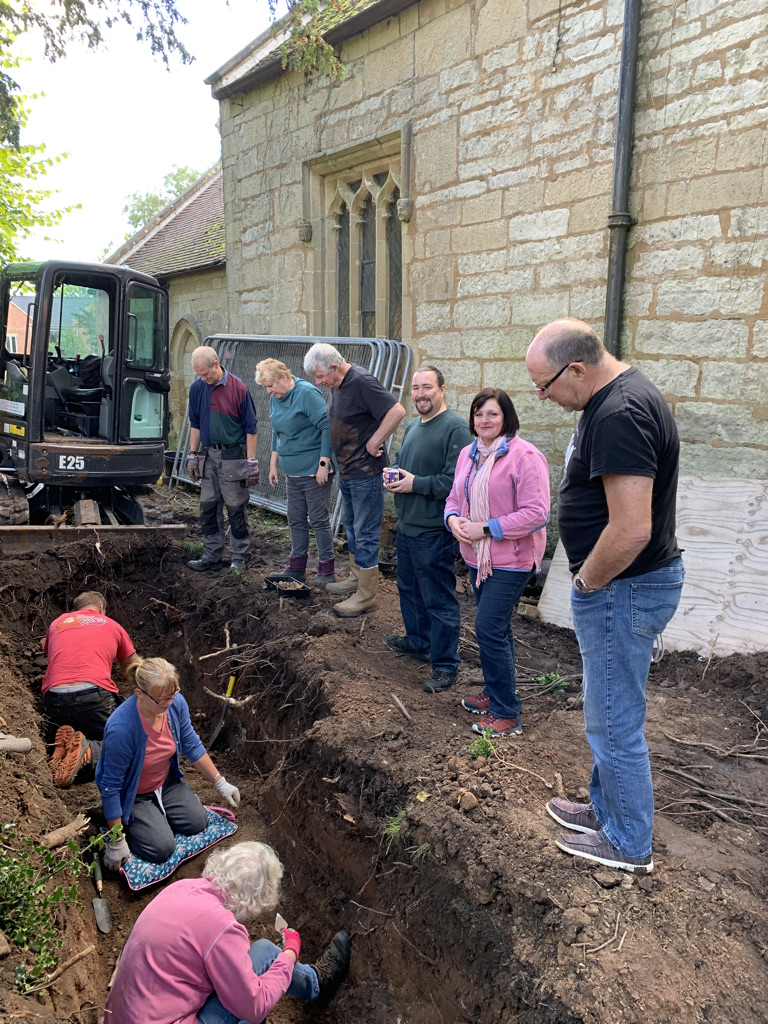
To conform to local planning consent an archaeological brief was enforced in the conversion of the church into a glassblowing studio. Here are some of the details and photographs from the dig; including finds under the guidance of Matthew Adams NSDC's County Archaeologist.
This is the channel being created to put the water services underground and a trench arch sewage system in. In total five burials were exhumed, thought to be mediaeval. This dig took place under licence from the Ministry of Justice and The Department of Archaeology at the University of Sheffield and present throughout a monitoring Archaeologist Sally Gratwick.
A big Thank you to all involved.
